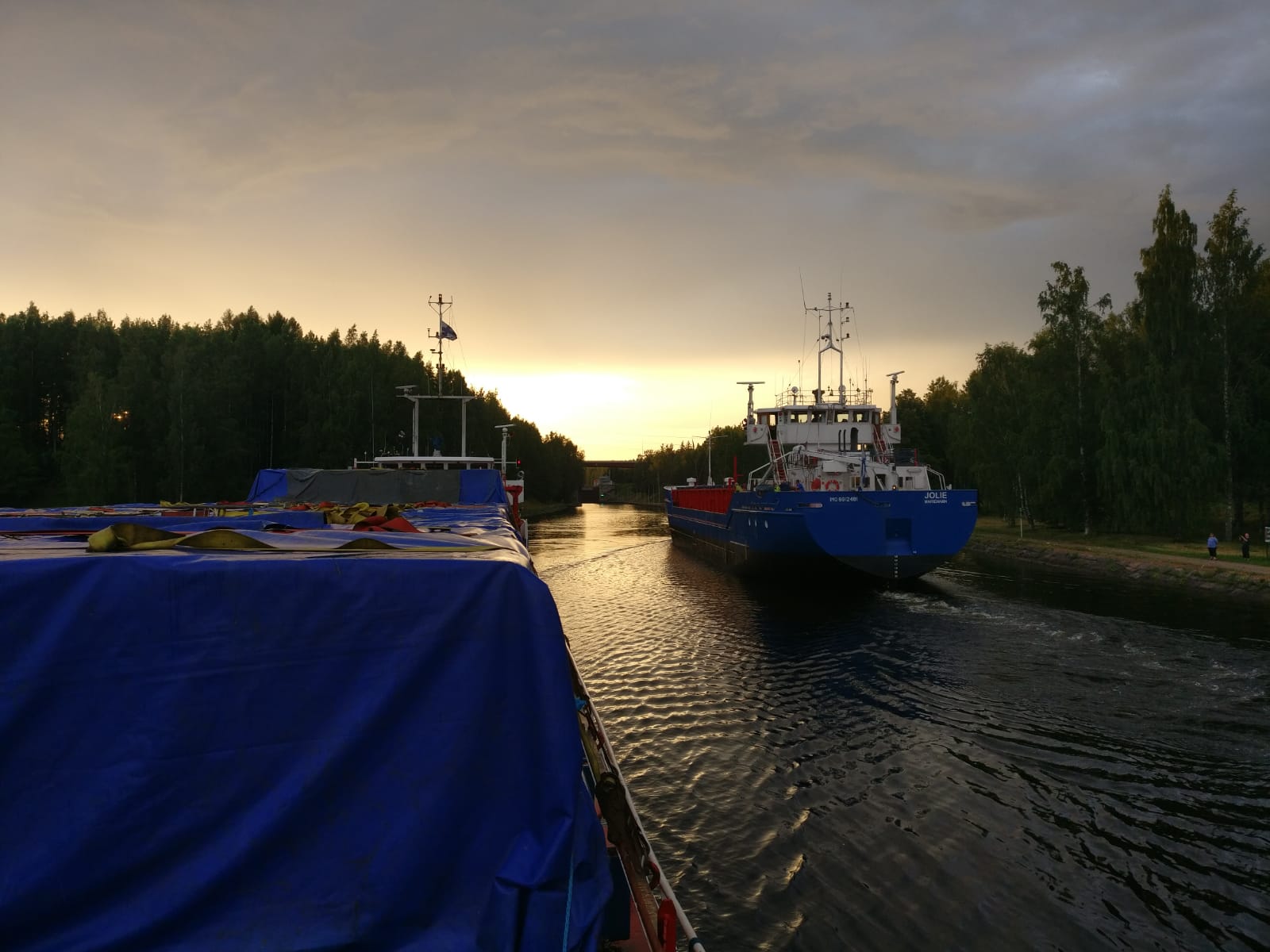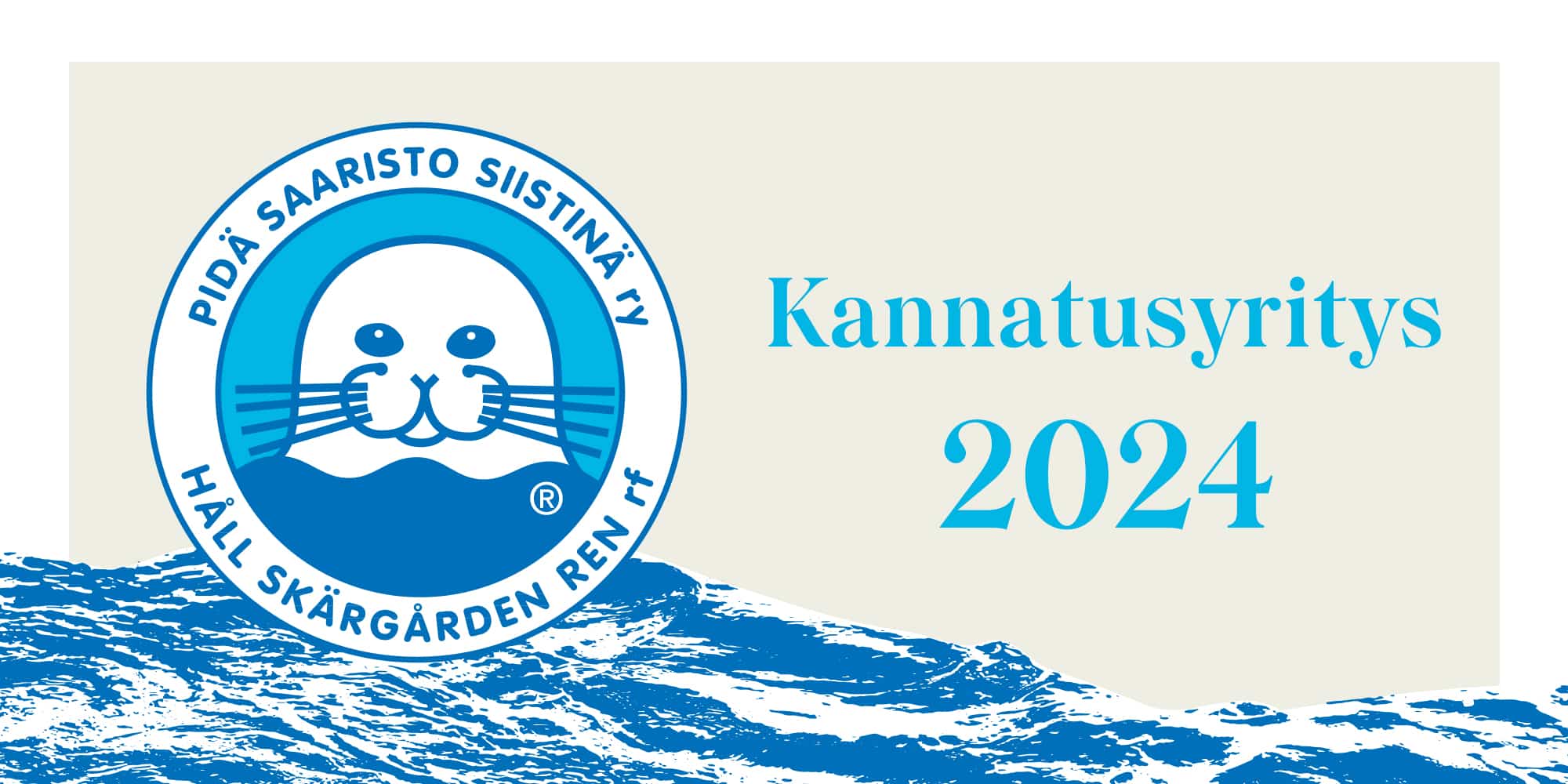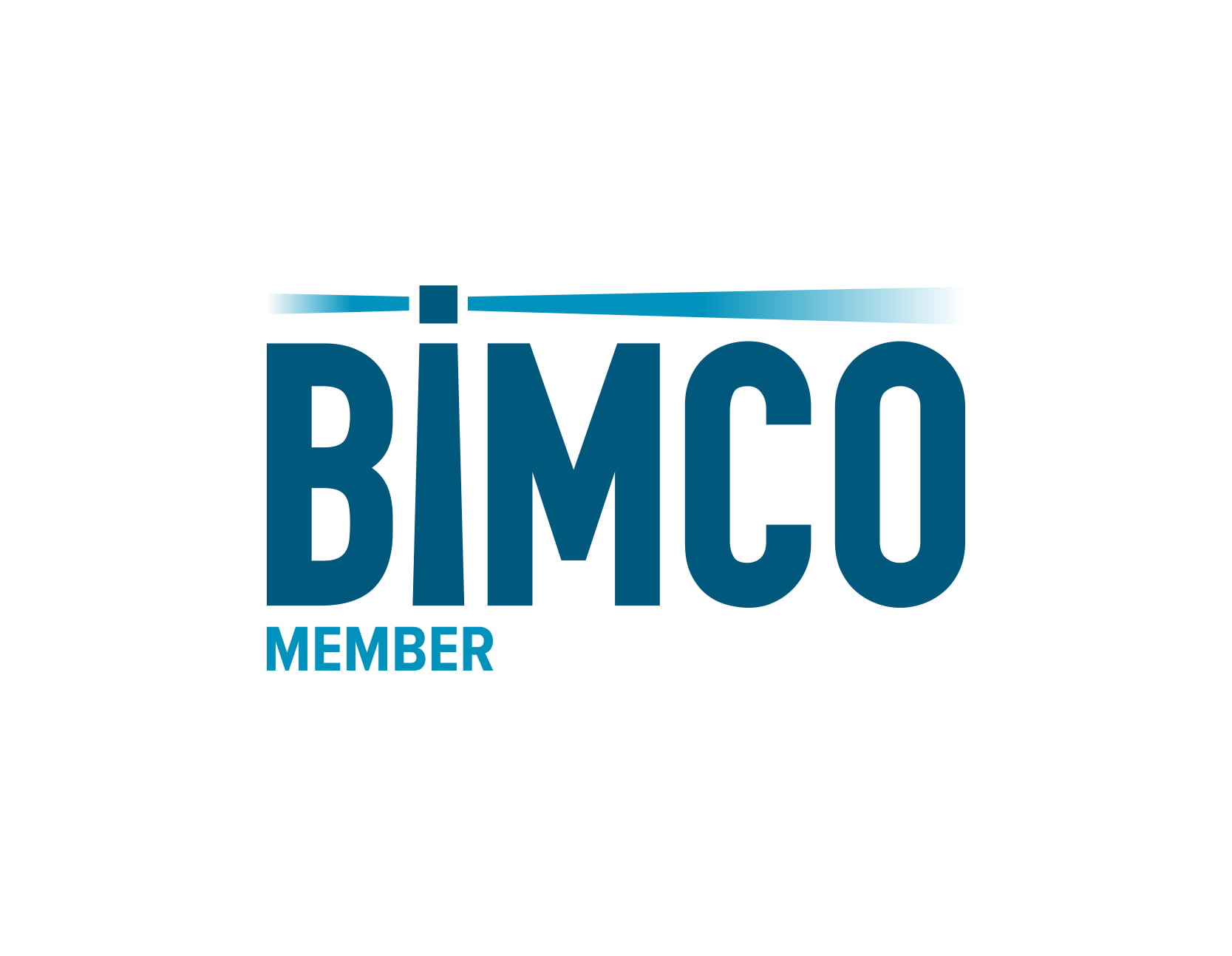The Saimaa Canal, spanning 43 kilometers, is a crucial freight gateway to and from Eastern Finland. It connects Finland’s largest freshwater lake with the Baltic Sea, and an excess of 1 million tonnes of freight is transported through it to Central Europe each year. The channel and its locks, dating back to the ‘60s, allows for 82.5 meter-long vessels. Most of these are so-called Saimaa traders with dimensions optimized for the channel, and are nearing the end of their lifespan in the coming years. The extension of the locks allows for a multitude of benefits and opportunities — accommodating larger high-capacity vessels and providing a push for more modern, and environmentally friendly fleets.
Increasing capacity to match current standards
The planned lock length increase of 11 meters will accommodate 93 meter-long vessels, which are commonplace in the Baltic Sea. Effectively, this provides a more efficient freight option for Eastern Finland. Instead of combined logistics via sea and road, the canal lock extension will make the cities and industries of Eastern Finland much more accessible. The effective distance to Central Europe will be drastically reduced. This also provides opportunities for domestic shipping companies, as the extension makes the marketplace accessible.
“We see this as a huge opportunity to tailor our solutions for the import and export industry in Eastern Finland. We see that through this we as Finnish owners have a golden opportunity to strengthen our presence on our home turf, and increase the number of Fin-flagged vessels trading to and from lake Saimaa, which leads to benefit both regional and domestic economies by increasing collaboration between domestic companies.” comments Antti Partanen, CEO of Rederi AB Nathalie.
Direct and indirect positive environmental impact
By moving freight from the roads to the waterways, it becomes not only cheaper, but also more sustainable. The cost and carbon footprint of a tonne of freight via waterways is a fraction of the highway freight comparison. As the lock extension pushes for fleet renewal to maximize the utilization and capacity, the vessels will inherently also be more modern and cleaner. And it doesn’t end there.
“The biggest impact comes from modern, sustainable and optimized vessels, that’s for sure. But what has to be considered is the broad effects, for example if we move one tonne from the highways to the waterways there are a lot of things happening. Pollution is reduced, infrastructure and road upkeep is affected, traffic jams are reduced, noise pollution is reduced, just to name a few.” Antti explains.
The modernized vessels go hand-in-hand with highly skilled crews. The best results in sustainability can be achieved with modern hardware and skilled people who can continuously adapt and optimize the surrounding processes.
Going above and beyond the minimum standard
The most important actions for sustainability and efficiency are made by pioneers. The lock extension of the Saimaa Canal provides a setting for pushing well beyond just the minimum standards.
“We have been exploring a concept for a novel hybrid vessel, which aligns both with our values and the future industry expectations.”, says Antti.
The fleet renewal triggered by the lock extension offers a similar scenario. New vessels can be designed from scratch, with the entire life cycle in mind. The specifications can be tailored to specific client needs, and the ships can be future-proofed to suit upcoming major industry developments, e.g. remote piloting, partial automation and sustainability factors.




